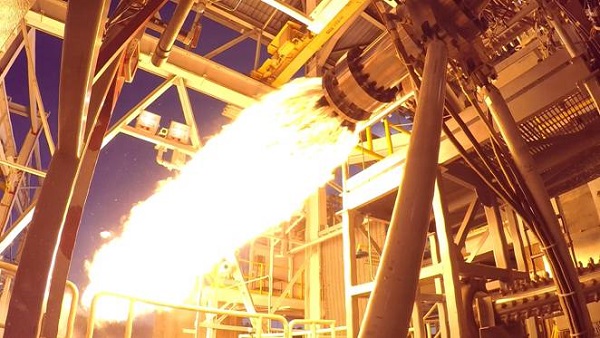• Aryabhata is the first satellites which is built by the India( ISRO). Aryabhata is name of great astronomer. This satellite is only made by India but it is launched on 10 April 1975 from Kapustin Yar, Russia. To launch this satellite kosmos-3M launch vehicle is used.
• Aryabhata was India’s first unmanned satellite, which was assembled at peenya, Near Bangalore. This historic launch is also celebrate by the reserve bank of India and the satellite's image appeared on 2 rupee banknotes between 1976 to 1997.
• Aryabhata was built to conduct experiments in X-Ray astronomy. Aeronomics, and solar physics. If we involving the cost of satellite and its weight parameter, than Aryabhata satellites total weight and cost is much lower than NASA satellite.
 |
| Credit: ISRO |
Objective:
• Indigenous design and fabrication of satellite and evolution a performance in particular orbit.
• Satellites have capabilities to perform a series of complex operation in orbit.
• This satellite was built to test the capability to fabricate, test and qualify the system of satellite.
• To conduct, different scientific experiments like X-Ray astronomy, solar physics and aeronomics.
Read: GSAT - 03
Interesting fact:
• The satellite had its data receiving centre at Bangalore, so That why at this place Toilet converted into data receiving centre.
• A failure in satellite's electrical power supply system for four days. The space craft incurred a power fall which resulted in the ceasing of it's function and transmission of information.
• For Aryabhata satellite An initial budget is 3 crores but cost a little more, and furniture and other things had to be bought.
• For this successful launch of satellites in orbit, both India and Russia released commemorative stamps and first day covers.
• Aryabhata re-entered Earth's atmosphere after 17 years of its former launch on February 11,1992.
• Aryabhata satellite was a 26-sided polygon with a diameter of 1.4 meter. It had real-time transmission rate of 256 bits/sec with an internal temperature ranging from 0 to 40 degrees Celsius.
 |
| Credit: ISRO |
Also Read: GSAT -04
Mission overview:
- Mission: scientific/Experimental
- Weight: 360 kg
- On board power: 46 Watts
- Communication: VHF band
- Stabilization: spin stabilized
- Launch date: April 19,1975
- Launch site: Volgograd Launch station
- Orbit: 563×619 km
- Inclination: 50.7 kg
- Mission life: 6 month
- Orbital life: nearly 17 years
 |
| Credit: ISRO |






0 Comments